I like to research articles before I dive right in. When the subject of Black Currant tea came up I thought it to be strange to do a post on it. Then I began to research. An interesting fact is that Black currant tea was banned for a long time. The USA was a top producer but all of a sudden that had to stop. Black Currant is no longer banned so yes, you will need to have a cup of the banned black currant tea. See what others missed.
Today we can enjoy a cup of black currant tea. How many of us know it’s history and what steps had to be followed to get it back into our cups?
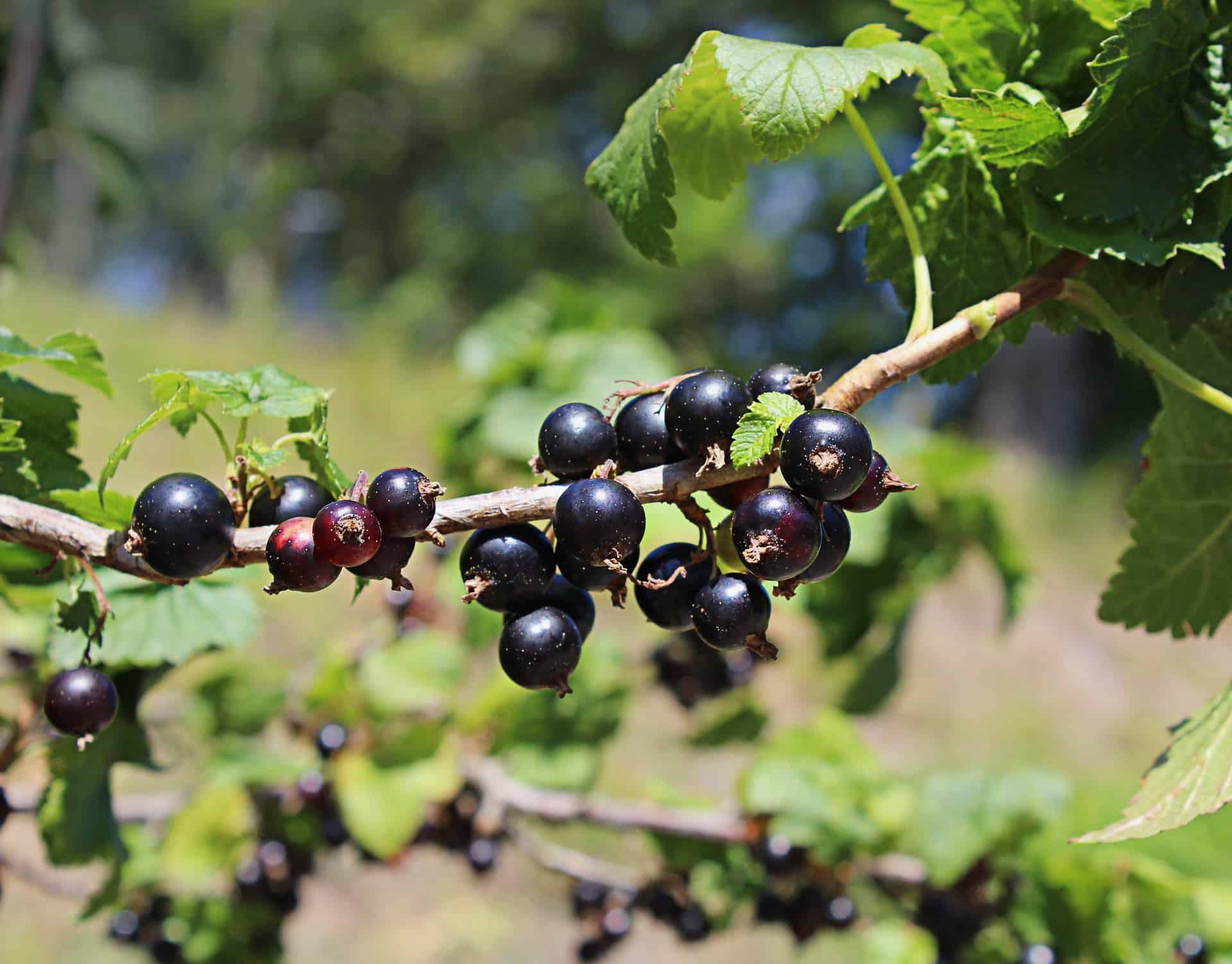
What exactly is a black currant
Black Currant tea is made from the leaves and berries of the black currant bush. The bush is a woody shrub. While most teas we are familiar with are brewed with the leaves. Black currant is considered a tisane. This is because the fruit and bush are not part of the Camellia sinensis family.
On most occasions, the tea is freeze-dried berries in a teabag. On other occasions, the black currant is mixed in a blend of other herbs and teas. The taste of the black current is intense and a mix between grapes and blueberries with a bit more of a bite to it.
The Latin name for the plant is ribes nigrum. Poland is one of the biggest producers of black currants. They are also grown across Europe and Asia.
Why was black currant banned
Black currants were banned in the United States. The idea was that they brought disease and fungus. That fungus was a threat to the timber industry at the time.
So for more than half a century, this thought was prevalent.
The year was 1911 and the growth of the black and red currants was banned. It was the lumber industry that put pressure on lawmakers to eliminate them. The lumber industry felt that the red and black currant was the main cause of the white pine blister rust.
The lumber industry was a huge business and very powerful. The research was done to show that the white pine blister rust disease was caused by the black currant plant. The research was not reliable as one would imagine. The research and pressure from the lumber industry caused the growth of black currant berries to stop in the United States.
During this time the black currant was growing in both plant and fame in Britain. The British government actually encourages its growth because of it’s high Vitamin C content. Because of its health benefits, the syrup was handed out for free after the war for years.
New varieties of the currants were developed in 1966. Each state had the choice to remove the ban or keep it. It was 2003 when New York lifted the ban. Growing black currants is still banned in Maine, Massachusetts, Virginia, and New Hampshire.
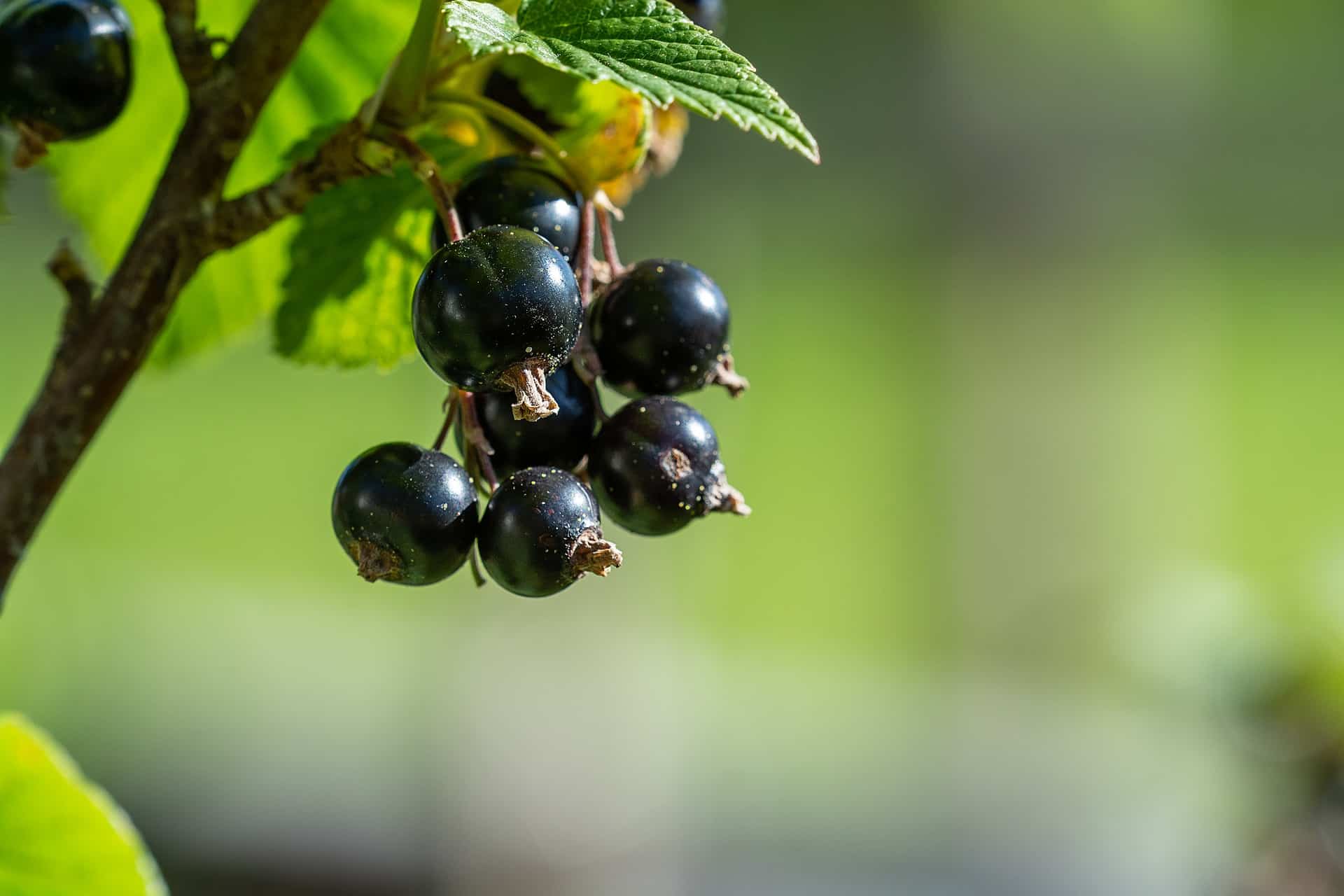
History of black currant tea
Black currant was once considered the forbidden fruit. The name forbidden fruit comes from the time in history when currants were banned in the United States.
They are related to the gooseberry family. There are over 150 varieties. Colors of currants are black, red, or white. They have a strong flavor that weakens when dried.
The forbidden fruit is native to Europe and Asia. It was also found in monetary gardens during the 11th century in Russia.
In 2017 the growth of black currants spread to Scotland, New Zealand, and Poland.
Because of the ban on the fruit. Black currant is still not as popular today in the United States as it is around the world.
I’ve seen several articles stating
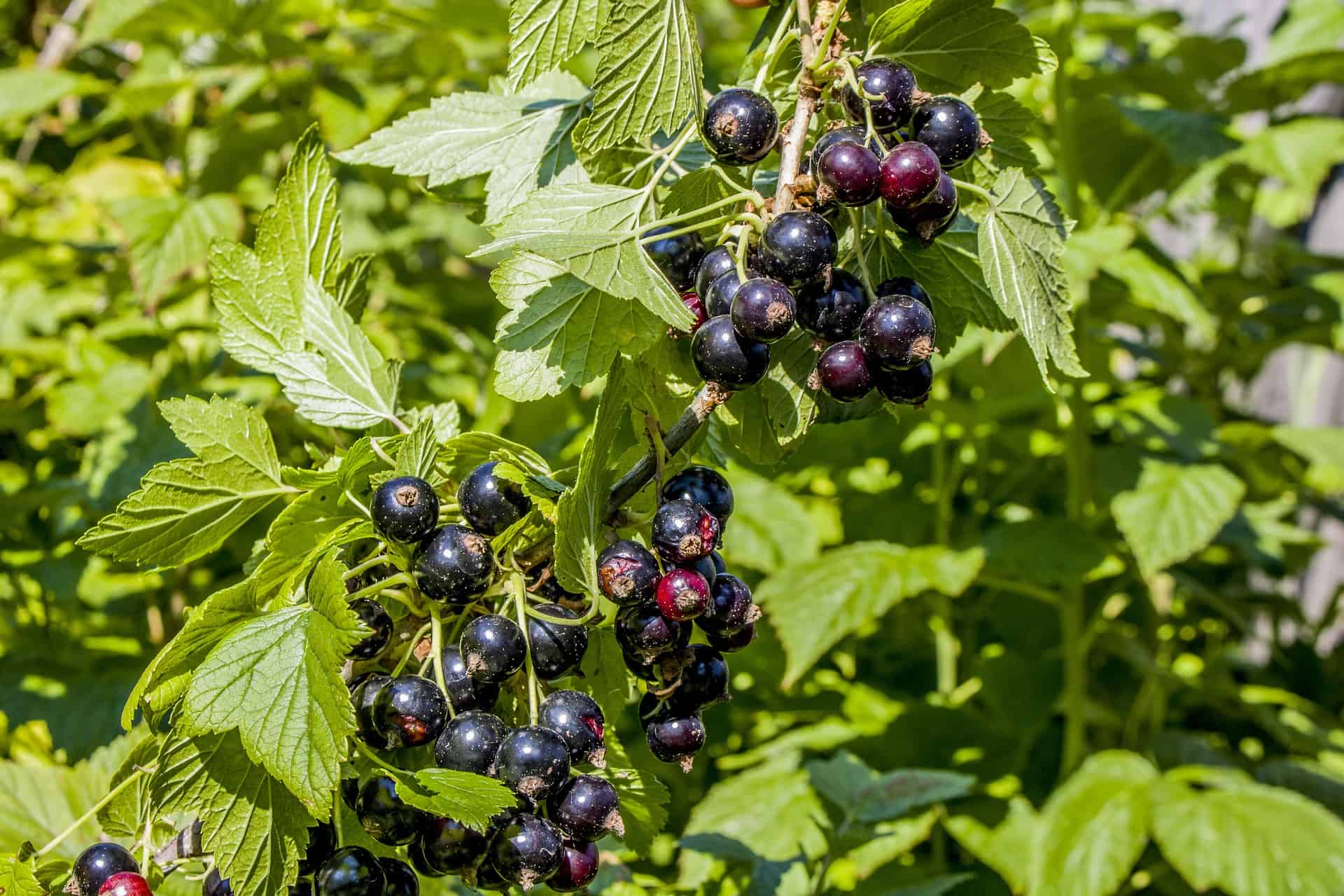
Benefits of black currant
The benefits of black currant tea are as good as it tastes and that it’s great. As with most of the herbs and teas used to make tea, there is a high amount of antioxidants and anti-inflammatory properties. Black and red currants are said to have four times more vitamin C than oranges and twice the antioxidants of blueberries.
Antioxidant – The activity of antioxidant health is increased with black currant. That is because of the high levels of vitamin C. Picking berries from cooler climates will actually increase the antioxidant levels over others.
Anti-inflammatory – Black currant can help reduce levels of inflammation in the body and help those with diabetes, heart disease, and obesity.
Increased fat oxidation – I don’t remember seeing this with teas. While I am not a fan of saying a tea or herb is a weight loss benefit. Black currant may increase fat oxidation for 27% who also did some moderate training also.
Skin benefits – Black currants can help with those dreaded wrinkles.
Gastrointestinal health – Black currants seeds may benefit the stomach by encouraging bacteria Helicobacter pylori.
Detoxing – the leaves are beneficial for detoxing and can have a diuretic effect.
Glaucoma – This study shows a decrease in pressure associated with glaucoma. Appearing to work best in people already taking one medication for the disease.
The biggest benefit of black currants seems to be it’s amazing Vitamin C content.
Raw black currants are made of:
- 82% of water
- 15% carbohydrates
- 1% protein
- 0.04% fat
- Vitamin C
- Iron
- Manganese
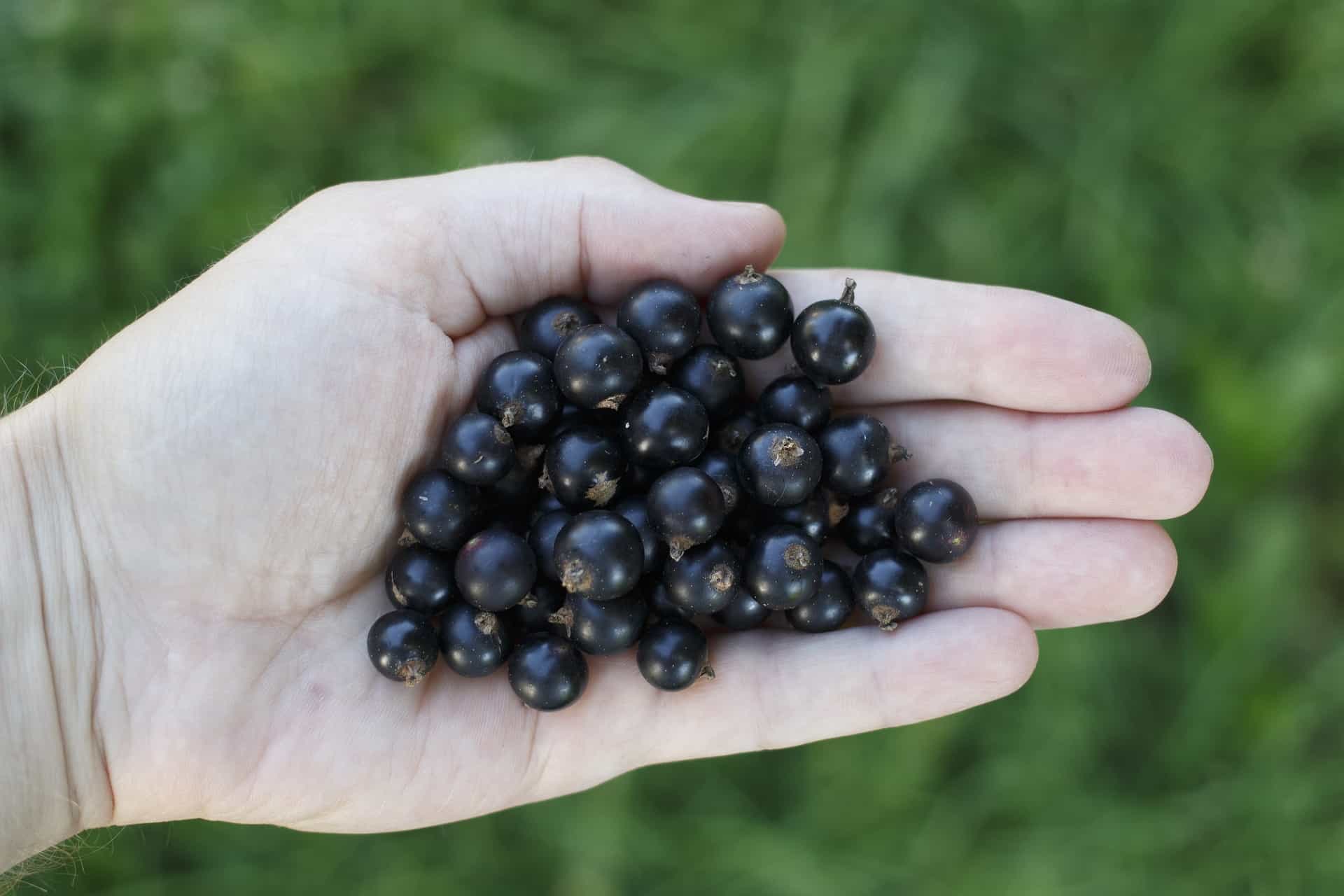
Black currant tea concerns
Black currants are considered safe. The plant, leaves, fruit, and seeds are all considered safe. There may be some mild indigestion, diarrhea, or gas.
Black currants may slow the clotting process of the blood. So those whose bleed easily or others going to surgery it is suggested not to partake of black currants.
Black currants can lower blood pressure. If you already have low blood pressure it could cause your levels to drop too much.
Pregnant or breastfeeding women should consult their physicians prior to consuming.
Summary
Think if you were a holistic practitioner back in 1900 and they banned such a powerful plant. Of course, practicing holistic medicine in 1900 was risky all the way around. It’s sad that we lost such a valuable plant.
Today we can learn from the history of the “forbidden fruit”. Now when we partake of a black currant tea, before we sip, we can treasure its presence in our cup. Because still in some states it’s not even allowed to be grown. Imagine that.
Want to try something new? Check out the links below
Harney and Sons Caffeinated Black Currant
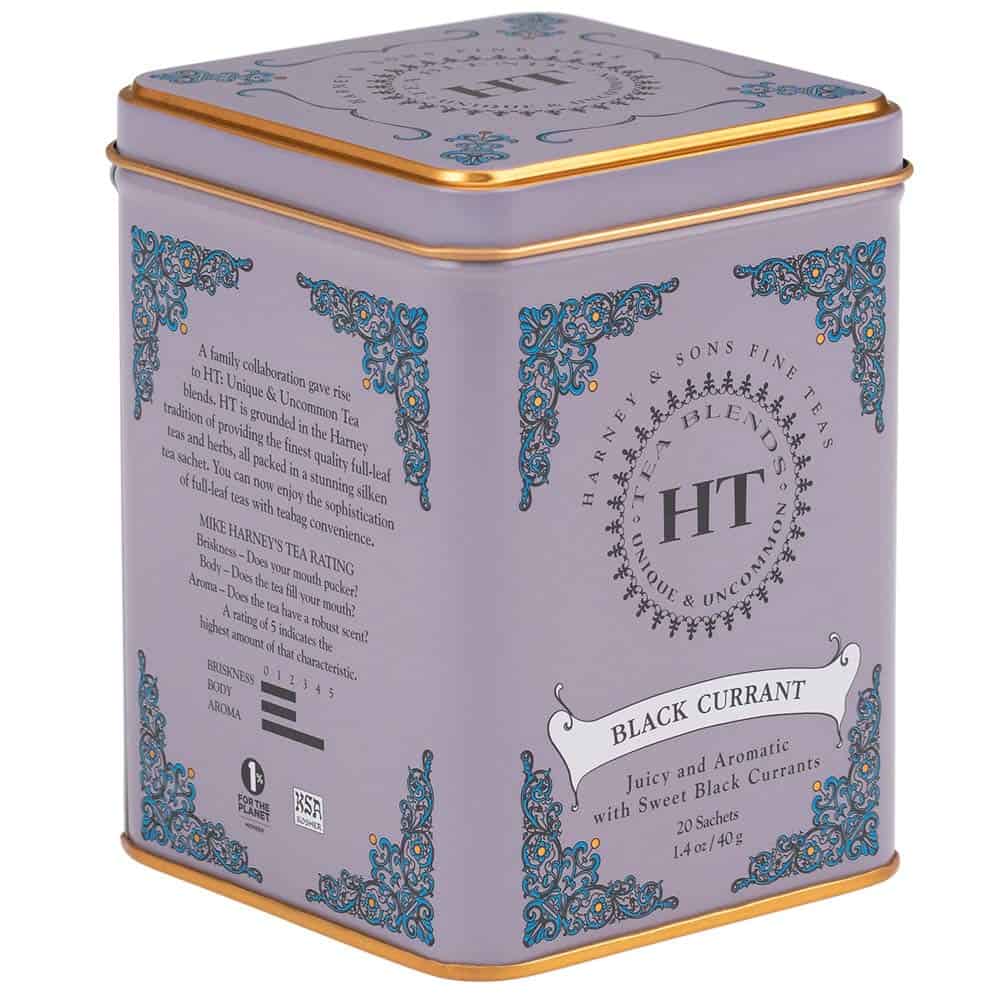
Black Currant Tea was one of the first teas created by Harvey and Sons. One they produce still today. Packaged in a beautiful, reusable tin. It’s got a big berry taste mixed with a
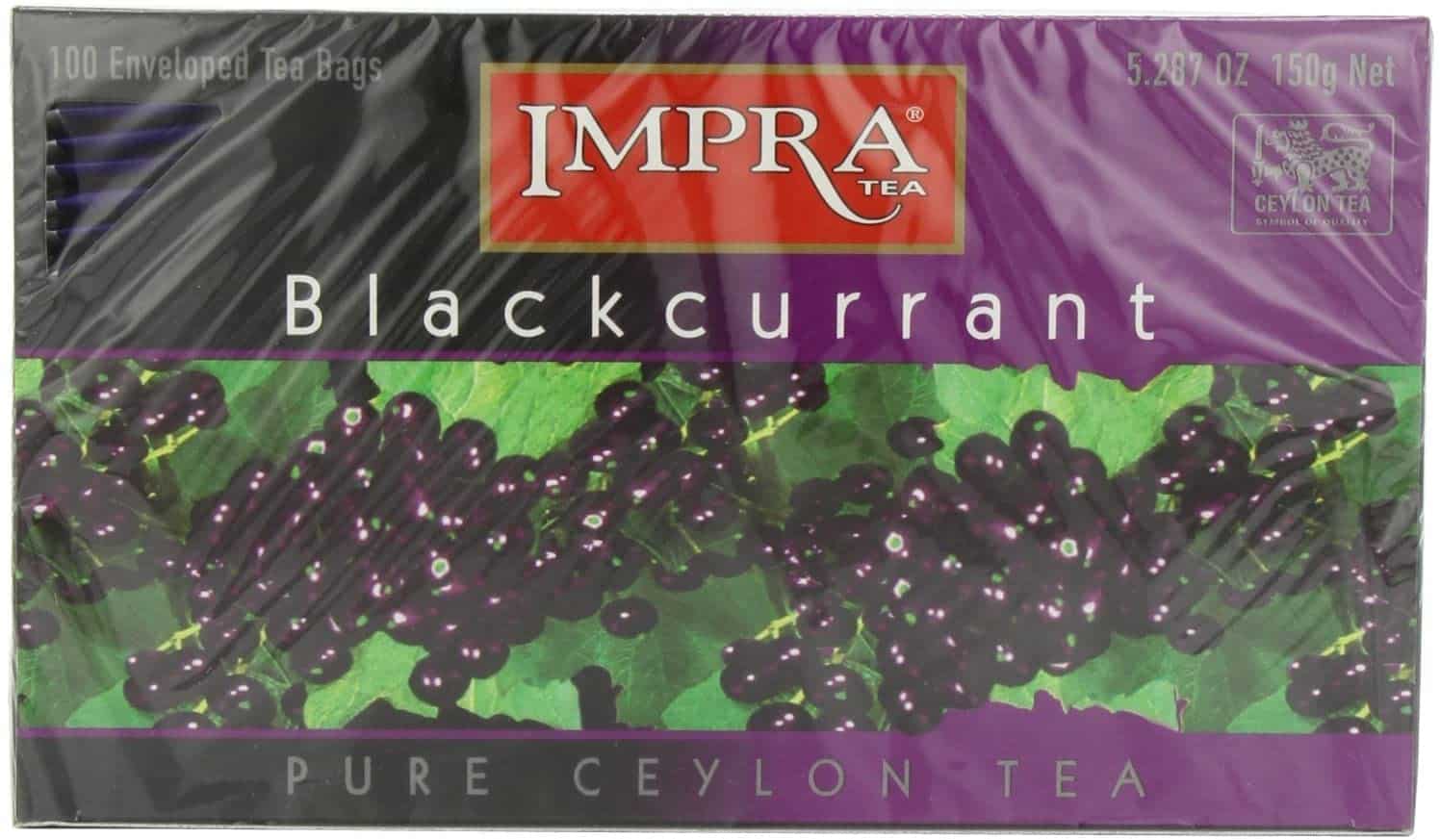
One box equals 100 bags of Impra black currant tea. Exquisite flavor with no compromise. This tea is full bodied and caffeinated.
Ahmad Tea
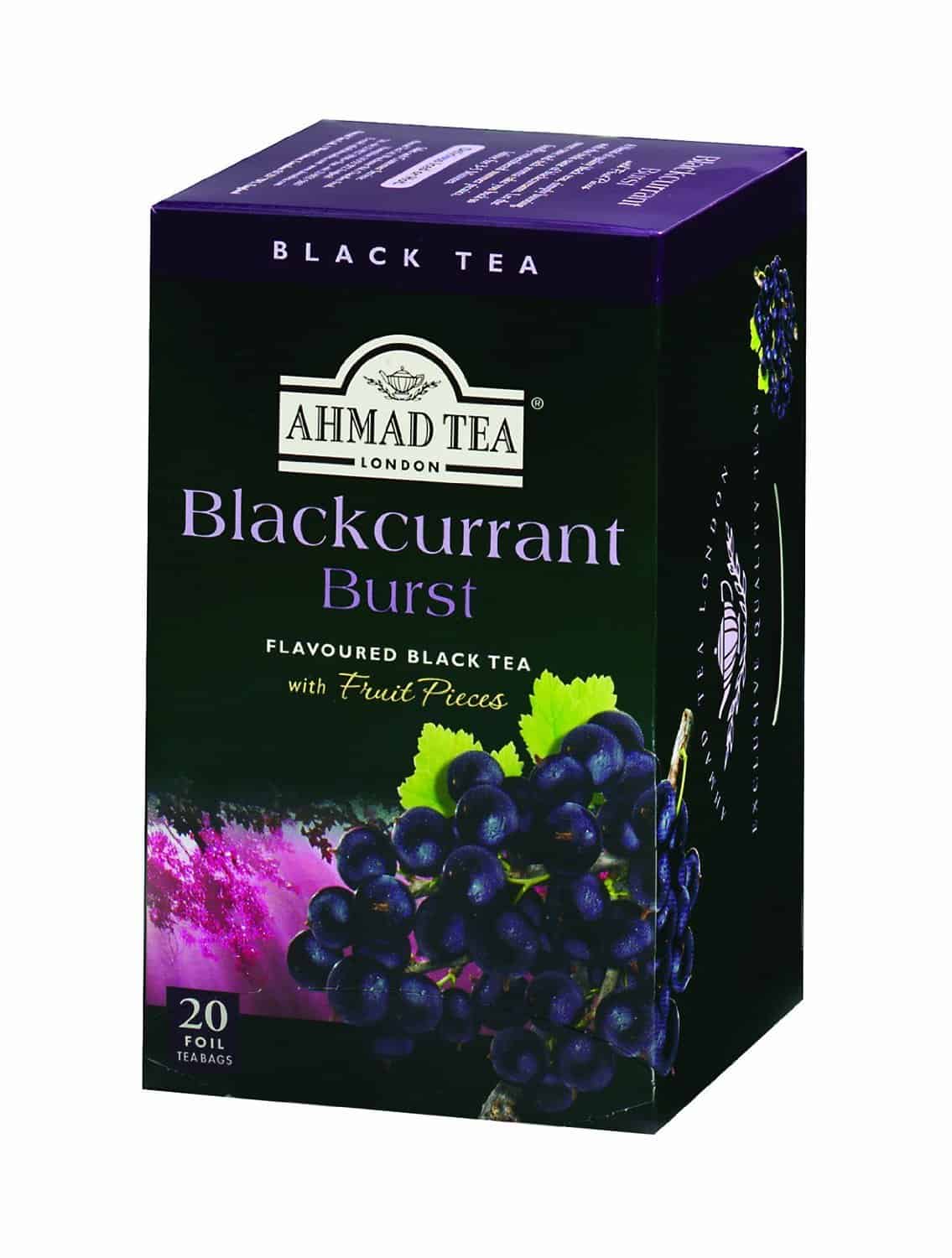
Individually wrapped in stay fresh foil envelopes. This
Metropolitan Tea Black Currant Tea
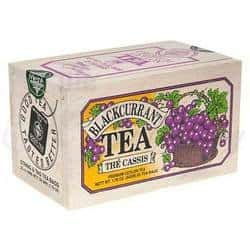
Love the wooden box with so many uses after you enjoy the tea inside. Inside are 25 bags of Black Currant tea. Because of the

